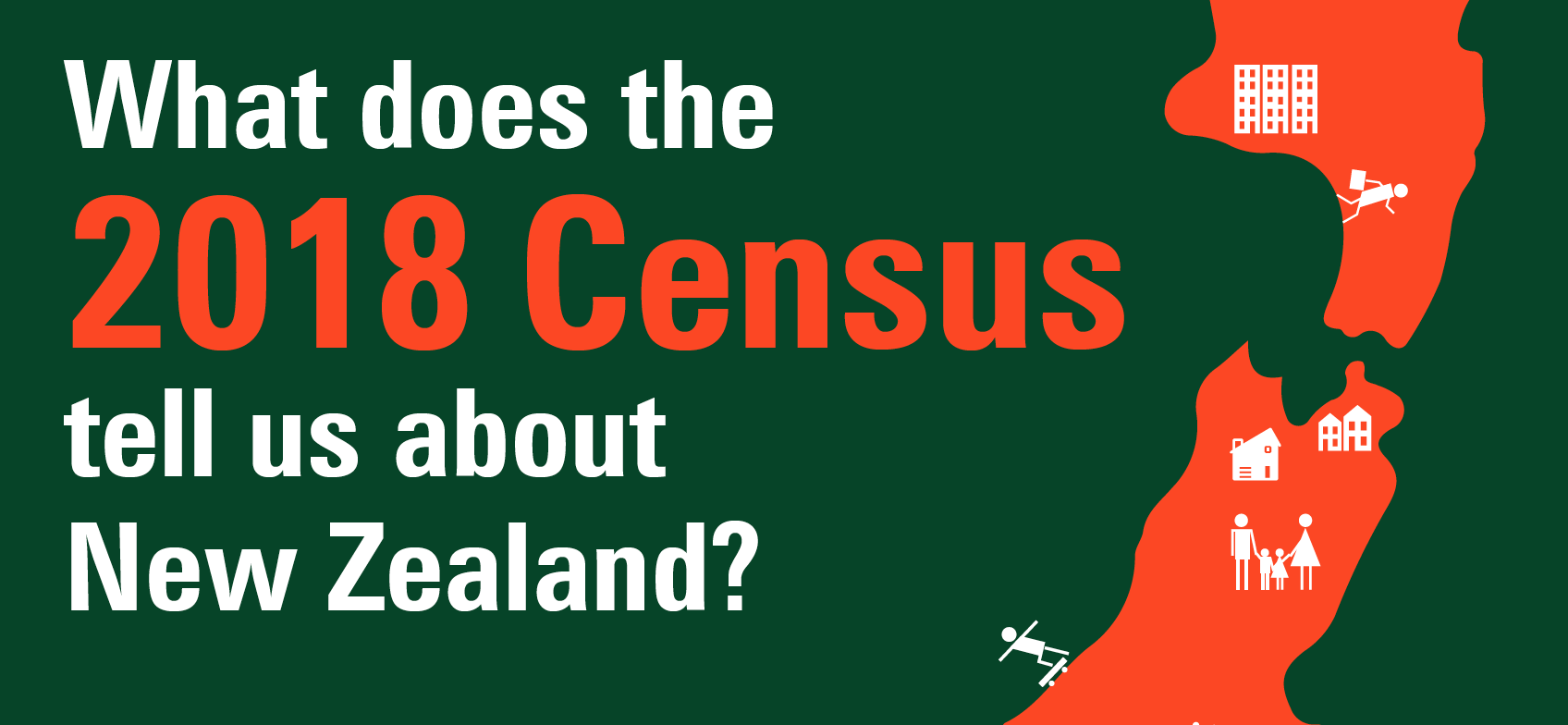BLOG
Global honours: Top 7 Intelligent Community spot for Whanganui
Global honours: Top 7 Intelligent Community spot for Whanganui
Is it a digital take on no. 8 wire and baling twine?
Last week Whanganui, the district that has so often been overlooked, was celebrated on the international stage for its innovative and inclusive digital strategies. The Intelligent Community Forum (ICF) named Whanganui as one of the top seven intelligent communities in the world.
Here are the top seven for 2016 (the winner will not be found until mid-year).
| Hsinchu County | Taiwan |
| Montreal, Quebec | Canada |
| Muelheim an der Ruhr | Germany |
| New Taipei City | Taiwan |
| Surrey, British Columbia | Canada |
| Whanganui | New Zealand |
| Winnipeg, Manitoba | Canada |
It is the first time Whanganui has made it to the top seven and it stands shoulder to shoulder with giant cities like New Taipei City and Montreal, both with populations close to 4 million people.
Here’s a summary of Whanganui’s demographic characteristics
| Indicator | 2013 Census | New Zealand benchmark |
|---|---|---|
| Estimated resident population (ERP) | 43,500 | 28th largest TA |
| Median age | 42 | 38 |
| % Population under 5 years | 6.7% | 6.9% |
| % Population over 65 | 19.2% | 14.3% |
| Maori in population | 23% | 15.8% |
| Born overseas | 10.7% | 23.6% |
| Moved between 2008-2013 (internally or from overseas) | 37.1% | 42.3% |
| % Degree or higher qualification | 10.2% | 17.8% |
| Unemployment | 9.6% | 7.1% |
| Regular smokers | 17.3% | 13.7% |
| Index of deprivation | 1057 | 1000 |
| Low income household (<$30,000) | 28% | 19% |
| Industry sector of employment – manufacturing | 14.1% | 9.4% |
| Average household size | 2.36 | 2.66 |
| Housing tenure – fully owned | 29.4% | 26.9% |
To build on Whanganui’s story visit http://profile.idnz.co.nz/wanganui/home
So how can Whanganui hope to compete against these bigger places?
The ICF argue that “in the broadband economy, adaptability outweighs legacy, skills rather than resources are the keys to the future, and innovation, not location, creates a competitive advantage” (Intelligent Community Forum, 2016).
Whanganui is a place rich in natural heritage and culture. Yet key economic decisions like the railway bypassing the district and being initially overlooked for broadband have meant economic challenges. Whanganui, like many other smaller, more rural districts in New Zealand, has experienced population decline.
Yet Whanganui was inspired by the ICF and have used earlier top seven communities as role models for best practice. They now join the best of the best communities to have successfully created competitive local economies and thriving communities often in the face of economic and social adversity. What is the key learning of these communities? The top seven have found in a super-competitive global economy broadband is fast becoming the lynchpin to glue societies into cohesive and dynamic units.
The following description of Whanganui’s strategic activity reveals a carefully thought out, and committed effort towards a brighter future – they are meeting their challenges head on:
The Council’s Family-Friendly Strategy in 2008 set goals for the economy, community partnership, health, safety, cultural richness and environmental sustainability. It was followed by a Broadband Strategy in 2009 and Digital Strategies in 2010 and 2013, which boldly called for this rural city to become a leader in the digital world, with a high-value economy, vibrant community and health environment.
The Council helped Ultrafast Fibre make the case for building an urban fibre network, which now connects 13,000 households, businesses and institutions and challenges. Whanganui, like many other smaller, more rural districts in New Zealand, has experienced population decline.
Yet Whanganui was inspired by the ICF and have used earlier top seven communities as role models for best practice. They now join the best of the best communities to have successfully created competitive local economies and thriving communities often in the face of economic and social adversity. What is the key learning of these communities? The top seven have found in a super-competitive global economy broadband is fast becoming the lynchpin to glue societies into cohesive and dynamic units.
The following description of Whanganui’s strategic activity reveals a carefully thought out, and committed effort towards a brighter future – they are meeting their challenges head on.
The Council’s Family-Friendly Strategy in 2008 set goals for the economy, community partnership, health, safety, cultural richness and environmental sustainability. It was followed by a Broadband Strategy in 2009 and Digital Strategies in 2010 and 2013, which boldly called for this rural city to become a leader in the digital world, with a high-value economy, vibrant community and health environment.
The Council helped Ultrafast Fibre make the case for building an urban fibre network, which now connects 13,000 households, businesses and institutions and has attracted 12 broadband retailers. In 2014, Ultrafast boosted its top network speed to 1 Gbps. InspireNet, a local wireless company, has worked with community groups to install fixed wireless repeaters that extend network services into the rural areas surrounding the urban core. Advanced connectivity has recently attracted film education companies, software engineers, teachers and other professionals to the city, and existing businesses like Q-West, a boat-builder, that once complained of poor connectivity are finding their businesses booming. City Council has used the network to put its own operations on line, including wireless applications for field staff, to save money and improve service to citizens and businesses.
The Digital Whanganui strategy also led to vital partnerships with the city’s small university, with a Computer Clubhouse group affiliated with MIT and skills development organizations. Together, they organized an annual TechEx technology expo to educate residents and businesses about digital opportunities. This has led in turn to a pilot project to equip secondary school students with digital devices, to ensure that they have connectivity at home, and to develop a digital hub at the school to spur innovation among existing and new businesses. Nearly a thousand families, meanwhile, have benefited from the Computers in Homes project, which provides technology and skills training for low-income households (Intelligent Community Forum, 2016).
So to all those readers who live in smaller rural places that have been disadvantaged by government centralisation policies and industry shrinkage, take a leaf out of Whanganui’s book. Find inspiration in the stories and actions of the top Intelligent Communities.
There is an interesting series on the ICF website “Rural Imperative” which looks at whether broadband connectivity will influence the fortune of more remote rural areas. See here.
Penny - Population expert
Based in New Zealand, Penny primarily looks after our Kiwi clients but also lends her expertise to the Australian context. Penny has extensive experience as a Communication Manager in Local Government and has a degree in Business and Communications. She also brings a breadth of generalist management experience in fields as varied as research, civil defence, project and event management, marketing and training. Penny’s knowledge combined with the .id tools help clients work with their communities to empower grass roots decision-making, advocacy and grant applications, and focus on strengthening council-community relationships. Penny has a rural property and enjoys growing and eating food and wine, which she runs, walks, bikes or swims off, when she’s not in the art studio.









